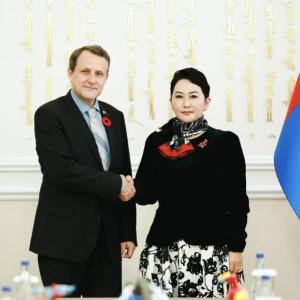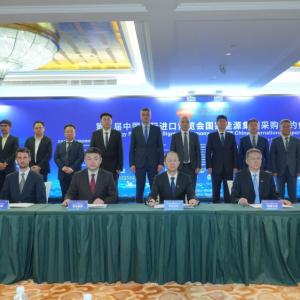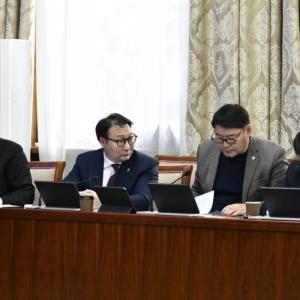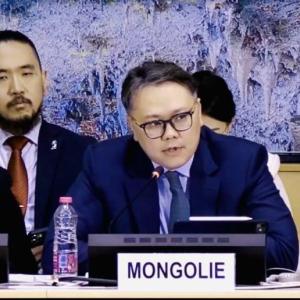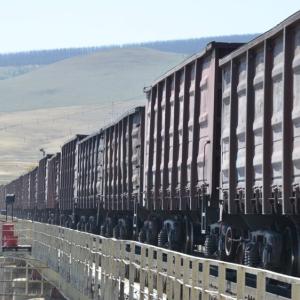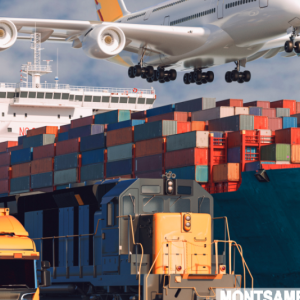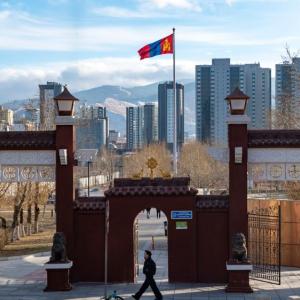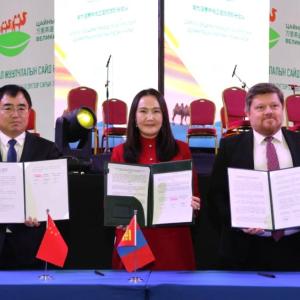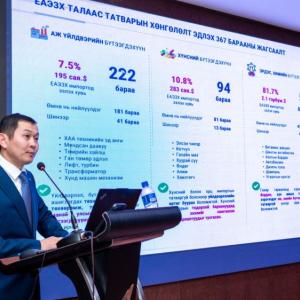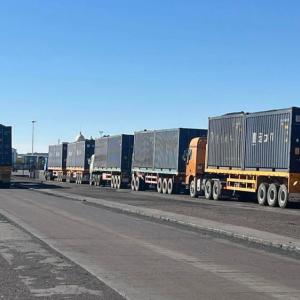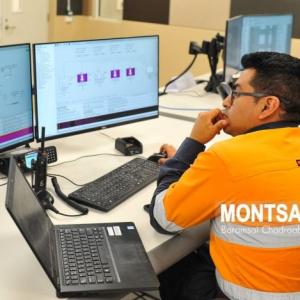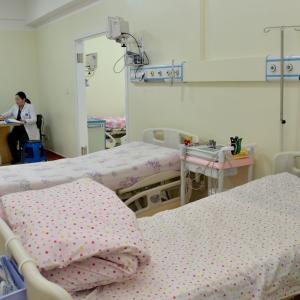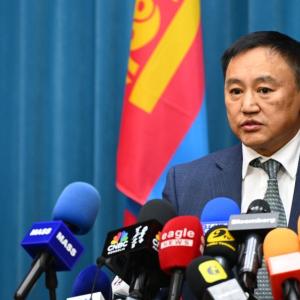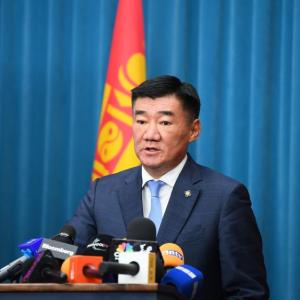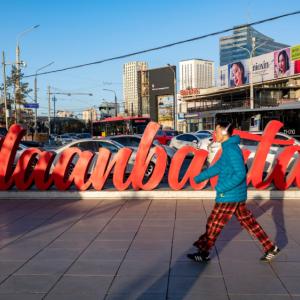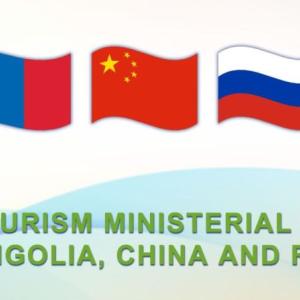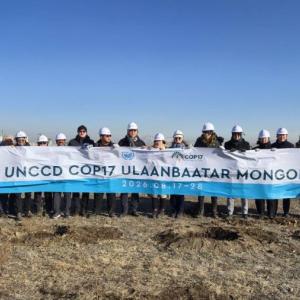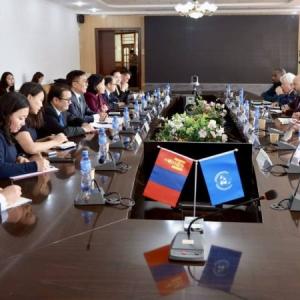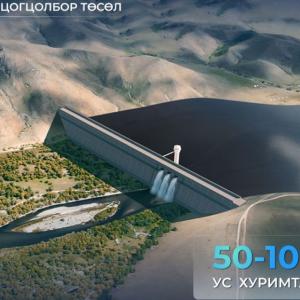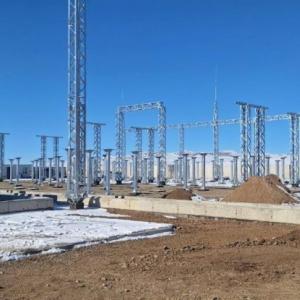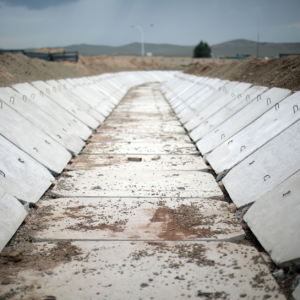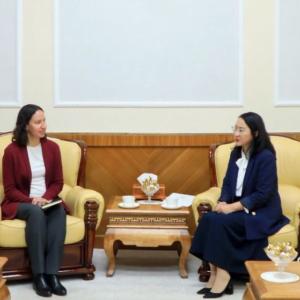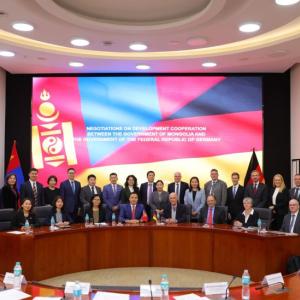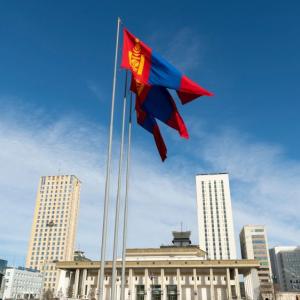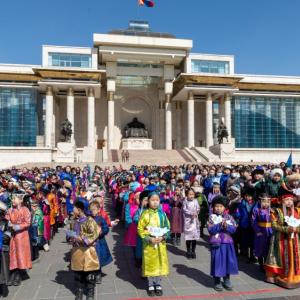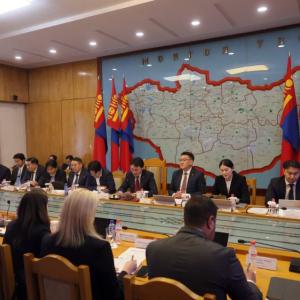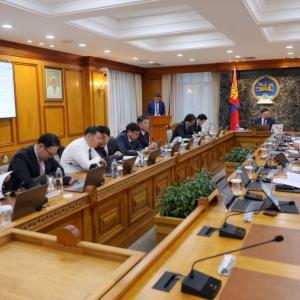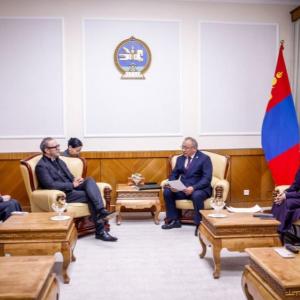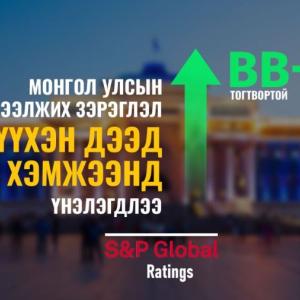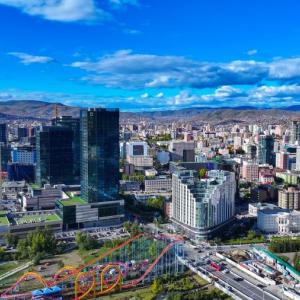Reforms Crucial to Navigate Stronger Headwinds
Economy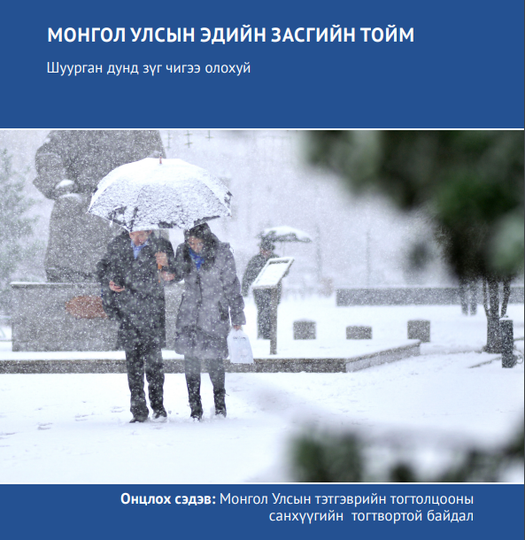
Ulaanbaatar/MONTSAME/. After a strong initial rebound,
Mongolia’s economic recovery stalled in the last three quarters of 2021, and
the growth outlook for 2022 is expected to remain modest. Following a
contraction of 4.4 percent in 2020 and 1.4 percent growth in 2021, the World
Bank’s latest Mongolia
Economic Update projects that the economy will grow by 2.5 percent in
2022, reflecting lingering border frictions with China and the impact of the
war in Ukraine.
Despite continued policy support and higher commodity
prices, economic growth is dragged down by protracted trade disruptions and
logistical bottlenecks amid border closures. Headline inflation rose sharply by
14.4 percent (y/y) by March 2022, weighing down real incomes and household
consumption. The war in Ukraine amplified external risks resulting in increased
demand for foreign exchange, and further erosion of international reserves,
says the report.
The report notes that main drivers of growth included
recovery in the service sector and a short-lived rebound of the mining sector
in Q1 2021. On the demand side, domestic investment was the key driver of
growth, underpinned by a substantial buildup of mineral inventories. However,
private consumption contracted by 4 percent in 2021, despite the government’s
stimulus program. The report also notes that disruptions in bilateral trade
with China in 2021 hampered mining exports and the import of vital inputs for
domestic production.
Over the medium-term, the report projects economic growth to
accelerate to above 6 percent in 2023-2024, as the underground mining phase of
Mongolia’s largest copper mine Oyu Tolgoi (OT) is expected to become
operational during the second half of 2023.
Policy space is increasingly constrained after two years of
expansionary fiscal policies, with persistent fiscal imbalances threatening
long-term sustainability, says the report. Public spending increased in 2021,
driven mainly by generous but poorly targeted welfare programs. Meanwhile,
public debt, including the central bank’s swap agreement, increased sharply to
about 92 percent of GDP in 2021, driven by large COVID-related fiscal measures
to support the economy.
The headline budget deficit nonetheless narrowed to 3.1
percent of GDP – with a one-off tax arrears collection (2.3 percent of GDP) and
the financing of the Child Money Program through the Future Heritage Fund,
which weakened the fiscal framework and long-term sustainability.
“Mongolia is currently
facing strong headwinds, including an economic slowdown, high inflation,
widening fiscal and external imbalances and high debt burden,” said Andrei
Mikhnev, World Bank Country Manager for Mongolia. “Mounting instability
and heightened risks call for adjustments in macroeconomic policies, including
monetary policy adjustments to return to a credible inflation anchor,
strengthening the central bank’s operational independence, fiscal consolidation
to stabilize debt, and better targeting of welfare programs. In addition,
Mongolia also needs to implement structural reforms to help lay the foundation
for more diversified and hence more resilient growth in the medium term.”
The report highlights that monetary policy needs to return to
a credible inflation anchor, raise interest rates further, curtail quasi-fiscal
activity, and allow the exchange rate to absorb adverse external shocks. Fiscal
consolidation is necessary to stabilize debt and ensure external and public
debt sustainability. Importantly, fiscal measures that better target the poor
can help contain fiscal imbalances and sustain support to the most vulnerable
households. The report also notes the need for structural reforms including
measures to reduce trade and transport costs, facilitating foreign investment,
and promoting domestic entrepreneurship that would help strengthen growth in
the medium term.
Source: World Bank Mongolia
 Ulaanbaatar
Ulaanbaatar







